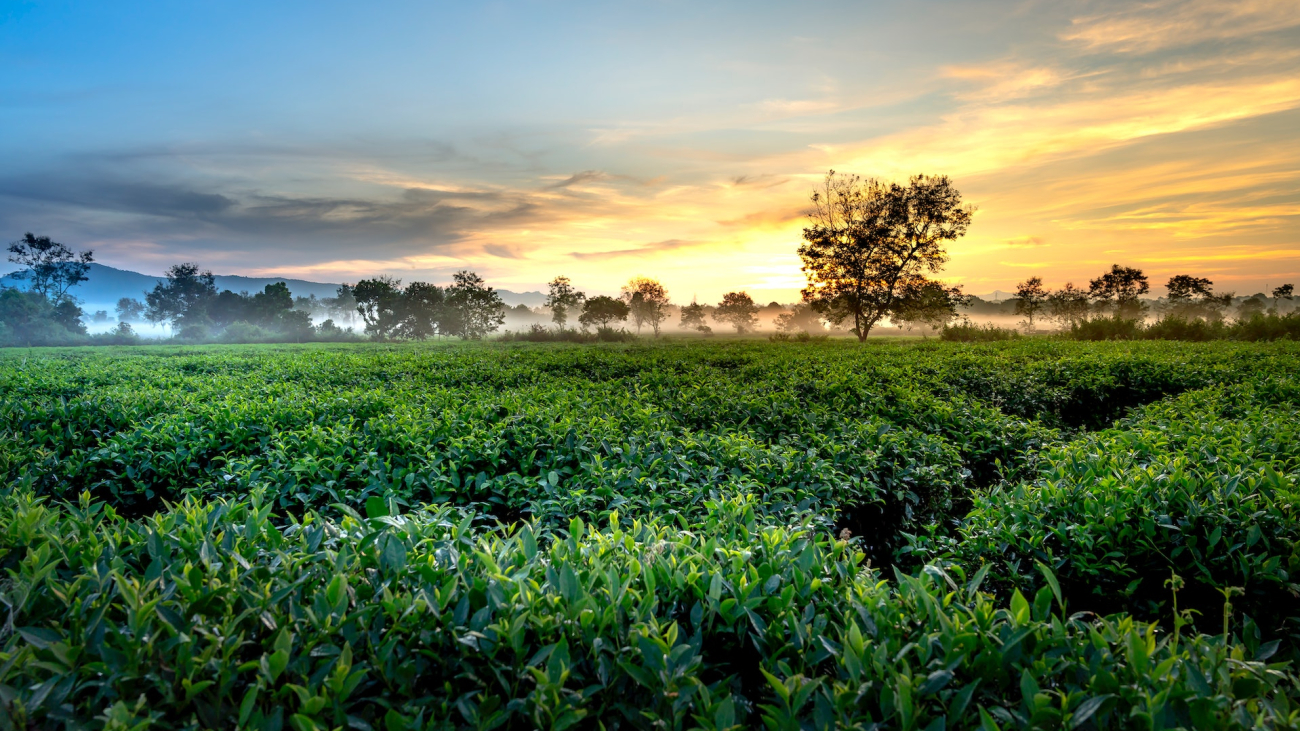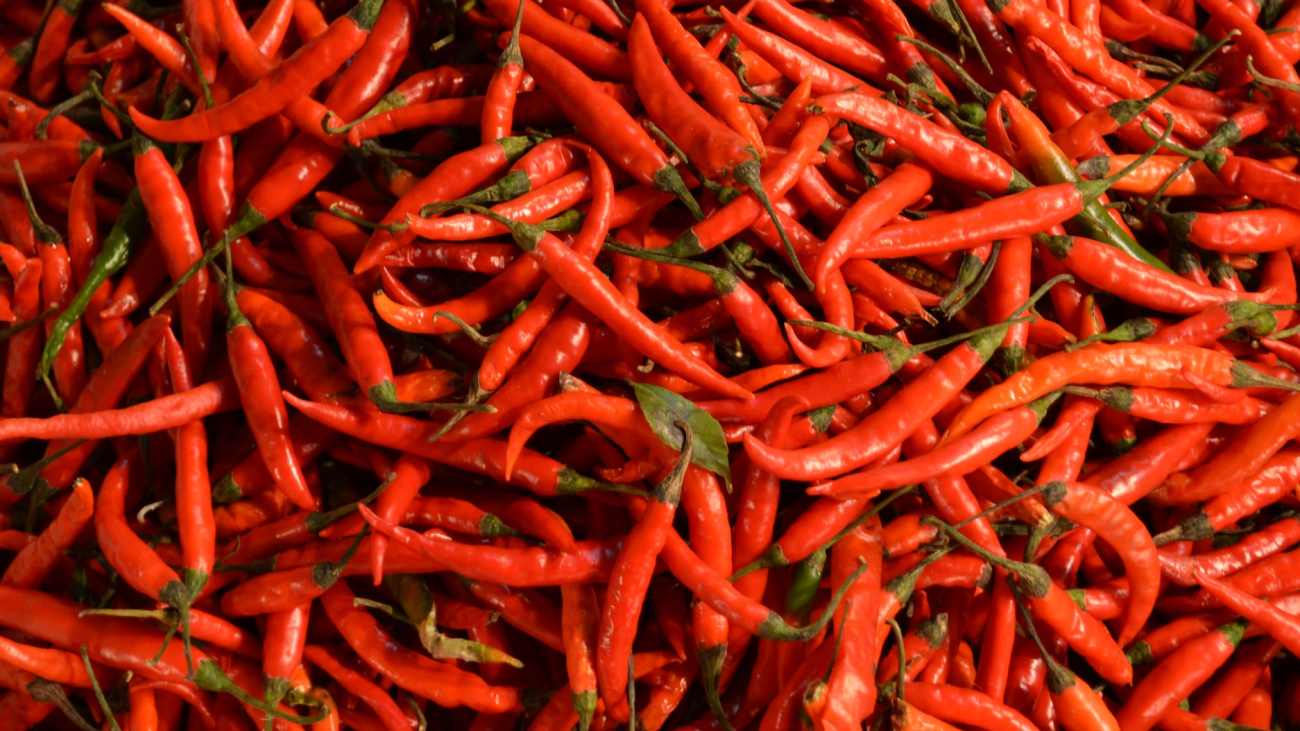Tea & Health:
A large body of scientific evidence indicates the benefits of tea drinking for its wide range of medicinal properties. Tea prevents coronary heart disease, hypertension, blood sugar and tooth decay. Tea has also been reported to have antiviral and germicidal activity.
The most important medicinal value of tea is that it is anticarcinogenic and antimutagenic. The anticarcinogenic activity contributed by the antioxidant polyphenols in tea has been shown to be in very low concentration even in consumer dosages. Thus tea offers tremendous scope of emerging as practical chemipreventive included in a healthy diet for protection of the general consumers by lowering the risk of different types of cancer.
Tea Research Association (TRA), Tocklai in collaboration with Indian Institute of Chemical Biology (IICB), Kolkata has carried out studies on health aspects of black tea. In these studies, the influence of tea in totality was examined rather than evaluating isolated fractions. Results indicated the following:
Regular administration of low dose of black tea extracts (0.002-0.2%) significantly reduced the total cholesterol levels in rats.
Normal rates of black tea extracts significantly reduced the triglycerides levels.
The level of HDL (high density lipids) was increased though not significantly.
The levels of VLDL (very high density lipids) and LDL (low density lipids)showed a slight decrease but the effect was not significant.
Thus the results indicated that chronic administration of black tea is capable of reducing the total cholesterol and triglyceride levels in healthy animals. The flavonoids in tea prevent oxidation of LDL cholesterol.
In another study effect of black tea consumption on diabetes mellitus was evaluated. Consumption of black and green tea could not only prevent the experimentally induced diabetes but was also found to be effective in curing diabetes induced by streptozotocin in rats.
The effect of black tea consumption on liver function was examined by monitoring the levels of SGOT (serum glutamic oxolacetic transaminase) and SGPT (serum glutamic pyruvic transaminase) in experimental hepatoxicity induced rats. Results indicated that consumption of black or green tea had no adverse effect on liver function in the experimental animals.
The influence of tea on muscular function was studied by examining the effect of hot water brew of black or green tea on the mammalian skeletomotor apparatus. Black tea extract produced a concentration dependent facilitation of muscle contraction induced by nerve stimulation.
The effect of tea consumption on experimentally induced gastric ulcer in rats was also carried out. Tea extracts was most effective in preventing ulcers induced by aspirin, indomethacine, cold resistant stress and reserpine.
Further studies on health aspects of tea are in progress.
Principal Components of Black Tea Beverage:
Assam tea:
Assam tea is a black tea named after the region of its production, Assam, India. Assam tea is manufactured specifically from the plant Camellia sinensis var. assamica (Masters).Assam tea is indigenous to Assam. Initial effort of planting Chinese varieties in Assam soil did not succeed.Assam tea is mostly grown at or near sea level and is known for its body, briskness, malty flavour, and strong, bright colour. Assam teas, or blends containing Assam, are often sold as “breakfast” teas. For instance, Irish breakfast tea, a maltier and stronger breakfast tea, consists of small-sized Assam tea leaves.
Black Tea:
Origin: Assam, India
Quick description: Brisk and malty with a bright color.
The state of Assam is the world’s largest tea-growing region by production, lying on either side of the Brahmaputra River, and bordering Bhutan, Bangladesh, Myanmar and very close to China. This part of India experiences high precipitation; during the monsoon period, as much as 250 to 300 mm (10 to 12 in) of rain per day. The daytime temperature rises to about 36 °C (96.8 °F), creating greenhouse-like conditions of extreme humidity and heat. This tropical climate contributes to Assam’s unique malty taste, a feature for which this tea is well known.
Though Assam generally denotes the distinctive black teas from Assam, the region produces smaller quantities of green and white teas as well, with their own distinctive characteristics. Historically, Assam has been the second commercial tea production region after southern China, the only two regions in the world with native tea plants.
The introduction of the Assam tea bush to Europe is related to Robert Bruce, a Scottish adventurer, who apparently encountered it in the year 1823. Bruce reportedly found the plant growing “wild” in Assam while trading in the region. Maniram Dewan directed him to the local Singpho chief Bessa Gam. Bruce noticed local people (the Singhpos) brewing tea from the leaves of the bush and arranged with the local chiefs to provide him with samples of the leaves and seeds, which he planned to have scientifically examined. Robert Bruce died shortly thereafter, without having seen the plant properly classified. It was not until the early 1830s that Robert’s brother, Charles, arranged for a few leaves from the Assam tea bush to be sent to the botanical gardens in Calcutta for proper examination. There, the plant was finally identified as a variety of tea, or Camellia sinensisvarassamica, but different from the Chinese version (Camellia sinensis var.)
– Absar Hazarika



